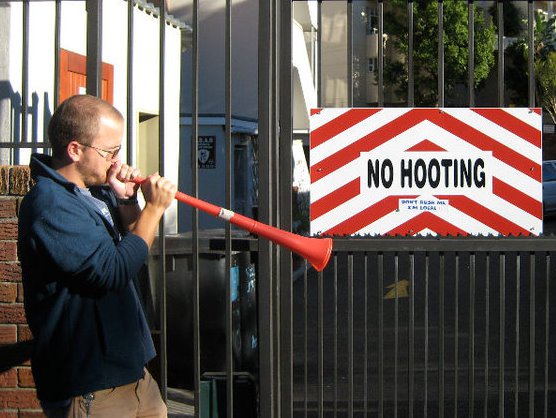I graduated from Reed College in 2008 with $11,000 or so in student loans outstanding, a piddling amount by today’s standards. I was lucky. I was within a hair’s breadth of going to the University of Colorado at Boulder, where I would have likely ended up with a great deal more debt even with in-state tuition. This might seem surprising. It’s true, Reed is a very expensive place, one of twenty or so liberal arts colleges with total costs per year coming in at around $50,000 (or around $40-45k back in my day), but its aid policies were extremely generous for someone like me. My mother is a public health nurse and my father is a general contractor.
On the other hand, my home state of Colorado is one of those states with a balanced-budget amendment, and facing declining revenues and legally mandated spending (on things like police), it’s been frantically cutting higher education spending, even long before the latest recession. So even though CU’s sticker price was vastly lower than Reed’s, the university offered me basically no support. For my final two years at Reed, my family was paying about $7500 per year (compared to a sticker price of about $46,000 at the time), and nearly all of that aid came as no-strings-attached grants. CU’s in-state costs total over $25,000 these days. It’s impossible to know for sure how much the school would have given in financial aid, but back in 2004, it offered me $500.
According to Annamaria Andriotis, who has a great piece up about student loan misconceptions, this is a common result at elite institutions:
Even setting grants aside, there is a similar pattern with the lowest-interest rate student loans:
(Cross-posted on the Monthly's College Guide blog.)
On the other hand, my home state of Colorado is one of those states with a balanced-budget amendment, and facing declining revenues and legally mandated spending (on things like police), it’s been frantically cutting higher education spending, even long before the latest recession. So even though CU’s sticker price was vastly lower than Reed’s, the university offered me basically no support. For my final two years at Reed, my family was paying about $7500 per year (compared to a sticker price of about $46,000 at the time), and nearly all of that aid came as no-strings-attached grants. CU’s in-state costs total over $25,000 these days. It’s impossible to know for sure how much the school would have given in financial aid, but back in 2004, it offered me $500.
According to Annamaria Andriotis, who has a great piece up about student loan misconceptions, this is a common result at elite institutions:
Ivy League colleges are among the priciest in the country. They also have generous policies that guarantee aid in grants instead of loans to students who qualify for financial aid. In other words, for eligible families who can’t afford the roughly $50,000 per year it costs to attend an Ivy League institution, the college will pick up the tab instead of saddling a student with loans. As a result, students tend to leave college with less debt. At Princeton, for example, 78 percent of graduating students have no debt, while the rest average $5,000 in loans, significantly less than the $27,000 national average.
It’s a trend that’s spread to other top-tier universities. In total, no-loans policies for all (or some) students are offered at 73 colleges and universities, according to FinAid.org, including Emory University, Stanford University and Wellesley College. The schools say the policies have helped them attract and retain the best students, regardless of family means, and that once students get there, they have the freedom to pursue studies that may not be lucrative. And after graduation, the policy “allows students to go into teaching and other professions without worrying if their salaries are high enough or if they can afford to make their student loan payments,” says Robin Moscato, director of undergraduate financial aid at Princeton University.(I should note that Reed, while by no means poor, has nothing like the $14 billion endowment of Princeton.)
Even setting grants aside, there is a similar pattern with the lowest-interest rate student loans:
Financial aid experts agree: the cheapest loan a college student can get is a government-sponsored subsidized Stafford loan. The rate is a rock-bottom 3.4 percent for the current academic year — about less than half the cost of an unsubsidized Stafford loan — and the government covers interest payments while the student is in college and for six months after graduation.
But to get approved for such a deal, students must demonstrate financial need, which is partly determined by the cost of their chosen school. That means a student at an expensive private college can show more need, and therefore, may get cheaper loans, than a student at a lower-cost school, says Mark Kantrowitz, publisher of FinAid.org and Fastweb.com.
This hidden incentive to choose a more expensive college is particularly powerful for students from wealthier families, because higher tuition costs can offset a higher family contribution, at least in the government’s formula for demonstrated need. About one in four students from households earning $100,000 or more receive a subsidized Stafford loan when they attend a university that costs $40,000 or more a year, according to a study by FinAid.org. But only one in 14 do when they attend a school that costs $10,000 to $20,000…See here for the rest, interesting throughout.
(Cross-posted on the Monthly's College Guide blog.)

Comments
Post a Comment